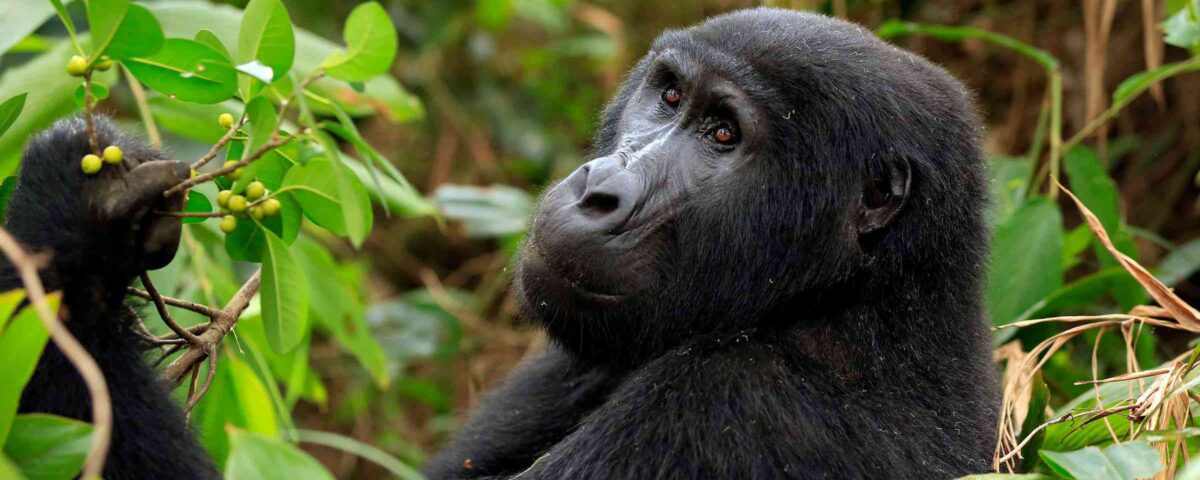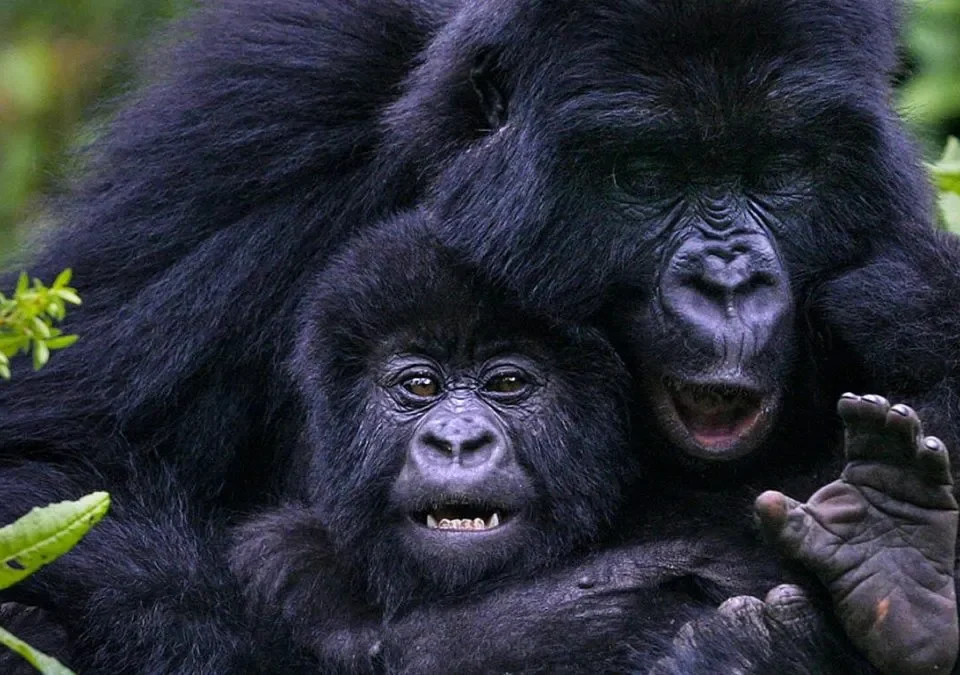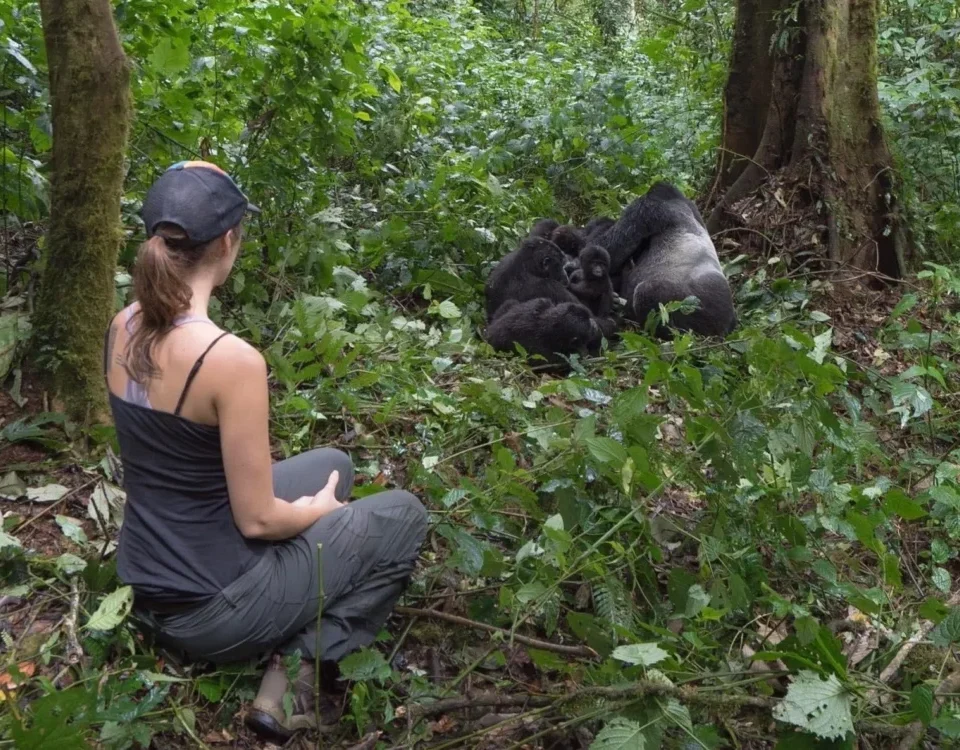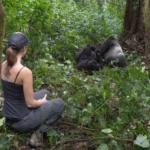
How Fit Do You Need to Be to Go Gorilla Trekking?
April 16, 2025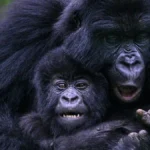
How to Prepare for Gorilla Trekking?
April 16, 2025Why Is Gorilla Trekking in Rwanda So Expensive?
The Value Behind Rwanda’s Premium Gorilla Trekking Experience-Conservation Investment and High Standards
When visitors ask, “Why is gorilla trekking in Rwanda so expensive?”, one of the first answers lies in the country’s deep commitment to conservation. Rwanda has made a conscious decision to position its gorilla trekking experience as a high-end, exclusive activity. Gorilla trekking permits in Rwanda currently cost US$1,500, making it the most expensive among gorilla trekking destinations. In comparison, Uganda offers permits at US$800, and gorilla habituation experiences for US$1,500.
The Rwandan government channels a significant portion of the permit fees directly into gorilla conservation efforts. This includes anti-poaching initiatives, habitat protection, veterinary care, and scientific research. Moreover, Rwanda prioritizes sustainable tourism, which limits the number of daily trekkers and ensures that tourism has minimal impact on gorilla habitats.
Additionally, Rwanda’s infrastructure is tailored to luxury eco-tourism. The country offers high-end lodges, well-maintained roads, and professional guiding services. These premium features contribute to the overall cost. Unlike mass tourism models, Rwanda focuses on attracting fewer visitors who pay more, ensuring a more intimate and exclusive experience. This approach not only preserves the delicate ecosystem but also supports local communities through revenue sharing, education, and job creation.
In short, the higher cost in Rwanda reflects a deliberate model that supports world-class conservation and tourism standards, making the price tag not just a cost, but an investment in one of the most unique wildlife experiences on Earth.
Comparing Rwanda and Uganda: What You’re Paying For Permit Prices and Experience Differences
When comparing Rwanda and Uganda, many travelers wonder: Why is gorilla trekking in Rwanda so expensive when Uganda offers a similar experience at a much lower price? The answer lies in how each country has structured its tourism model and what the overall experience entails.
In Uganda, a standard gorilla trekking permit costs US$800, while the more immersive gorilla habituation experience costs US$1,500. This gives travelers more flexibility depending on their interests and budget. Rwanda, on the other hand, has a flat rate of US$1,500 for a standard trekking experience, regardless of the time of year.
Uganda offers a more rugged, adventurous, and affordable trekking experience, particularly in Bwindi Impenetrable National Park and Mgahinga Gorilla National Park. Treks can be longer and more physically demanding, but they provide equally rewarding encounters with mountain gorillas. Uganda also has a wider variety of lodges and accommodations that cater to both budget and luxury travelers.
Rwanda’s Volcanoes National Park, while smaller, is more accessible. Located just a two-hour drive from the capital, Kigali, it’s ideal for travelers with limited time. The infrastructure is well-developed, and the entire experience is more curated and comfortable.
Ultimately, Rwanda’s higher cost is about offering a seamless, luxury wildlife experience with minimal environmental impact. Uganda, on the other hand, provides a broader range of options that make gorilla trekking more accessible to different kinds of travelers.
Rwanda’s Conservation Success: A Model Worth the Investment Strict Regulation and Long-Term Sustainability
Another key reason why gorilla trekking in Rwanda is so expensive is the country’s successful and strictly enforced conservation strategy. Rwanda’s focus on low-volume, high-revenue tourism ensures that gorilla populations are protected for generations to come. By capping the number of daily visitors and charging a premium, Rwanda minimizes human interaction with gorillas, which reduces the risk of disease transmission and habitat disruption.
Rwanda is home to one-third of the world’s remaining mountain gorillas. This endangered species requires round-the-clock protection, and the cost of safeguarding their habitat is substantial. The funds collected from trekking permits go directly into conservation programs managed by the Rwanda Development Board and conservation partners like the Dian Fossey Gorilla Fund. This includes training rangers, veterinary programs, monitoring gorilla families, and community engagement initiatives.
The government also shares a portion of the revenue with surrounding communities through its Revenue Sharing Scheme, which funds schools, health centers, and infrastructure projects. This has fostered community support for conservation and reduced human-wildlife conflict.
So, when you pay more to trek in Rwanda, you’re directly contributing to a globally recognized conservation success story. It’s not just about seeing gorillas—it’s about being part of a movement that protects wildlife and empowers people. Rwanda’s model shows that tourism can be a powerful force for good when managed responsibly.
Is the Higher Cost in Rwanda Worth It for Travelers?
Personalized Luxury and Unique Advantages
For many travelers, the question isn’t just “Why is gorilla trekking in Rwanda so expensive?”—it’s whether the price is justified by the experience. And for a growing number of eco-conscious and luxury travelers, the answer is a resounding yes.
Rwanda offers a highly organized, safe, and professionally guided trekking experience. The relatively shorter treks and well-managed trails in Volcanoes National Park make it suitable even for older travelers or those with less trekking experience. The park is also home to other wildlife and rich biodiversity, providing a broader safari experience.
Accommodation options in Rwanda range from boutique eco-lodges to ultra-luxury resorts like Bisate Lodge and One&Only Gorilla’s Nest, offering unparalleled comfort, cuisine, and service in the heart of nature. Visitors often describe the experience as life-changing—not just because of the gorillas, but because of the emotional and spiritual journey that comes with it.
Moreover, Rwanda’s compact size means you can easily combine gorilla trekking with other adventures, such as a visit to Akagera National Park for a traditional Big Five safari, or Nyungwe Forest for chimpanzee trekking and canopy walks.
If you’re seeking a seamless, luxury wildlife experience with a strong emphasis on ethical tourism, then Rwanda offers unmatched value. The higher cost is a reflection of quality, exclusivity, and responsibility—all of which contribute to making your gorilla trekking journey unforgettable.
Book Your Gorilla Trekking Adventure with Wild Village Safaris
At Wild Village Safaris, we are proud to offer tailored gorilla trekking experiences in both Uganda and Rwanda. As a registered Ugandan tour operator, we prioritize your safety, comfort, and satisfaction while supporting conservation and local communities. Whether you choose the rugged trails of Uganda or the luxury tracks of Rwanda, we’ll ensure your journey is authentic, meaningful, and truly unforgettable.

